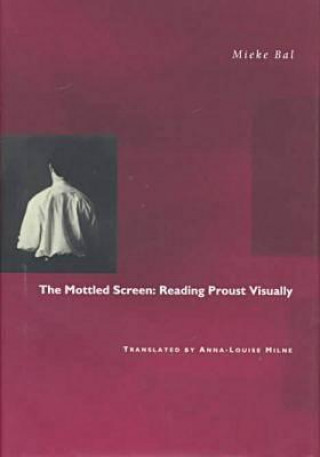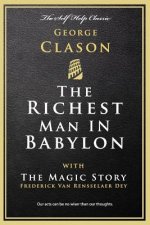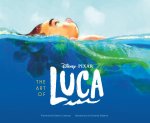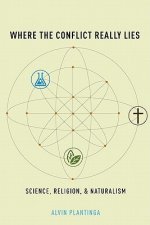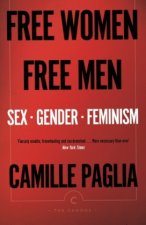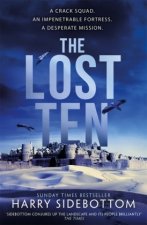
Delivery
Shopping guide





Doesn't suit? No problem! You can return within 30 days
 Gift voucher
any value
Gift voucher
any value
You won't go wrong with a gift voucher. The gift recipient can choose anything from our offer.
Mottled Screen
 English
English
 416 b
416 b
 Delivery to Austria
Delivery to Austria
30-day return policy
You might also be interested in


The clear-cut distinction between texts (literature) and images (art) has been challenged by a culture saturated with television and by an increased emphasis on interdisciplinary studies. From the viewpoint of our present culture, the author suggests, we can now see how some of the great writers and artists of the past overstepped the boundaries of the media in which they worked. The Mottled Screen studies as an example of this process a great literary work that cannot be confined to language alone, even though it consists exclusively of words: Proust s Remembrance of Things Past. The author of Reading Rembrandt: Beyond the Word-Image Opposition, a widely acclaimed study of Rembrandt s discursive, rhetorical, and narrative painting, now offers a symmetrical counterpart to that study with this sustained visual reading of Proust s masterpiece, pointing out its visual strategies of representation, fantasy, and poetic thought. She focuses on the narrative and descriptive passages, examining how they make us see, arguing that this visual writing is by no means a derivative writing that uses visual imagery as an inspiration or model. Instead, it is the writing of a true vision.
About the book
 English
English
Categories


 Contact
Contact How to shop
How to shop















